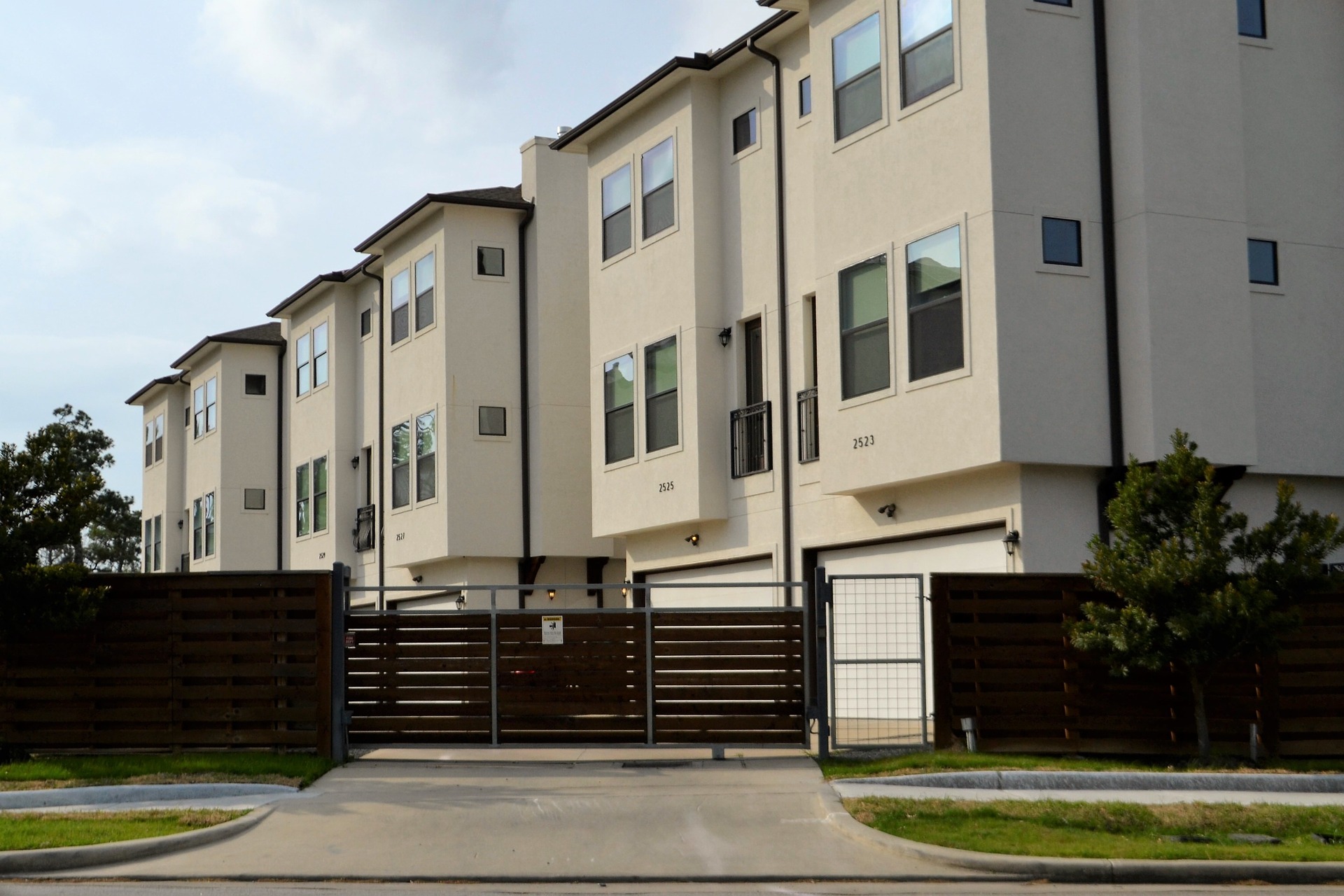When an accident or injury occurs on privately owned property, it is not always easy to determine who may be at fault. Consider a landlord and tenant situation – if someone is harmed on the premises, who may be held responsible legally? The answer lies in who was in control of the property at the time.
Responsibility typically falls to the occupier of the property. The most common scenario involves a property owner, and a residential or commercial tenant.
Premises Liability Basics
- Whoever is occupying the property with an intent to control it is generally liable.
- In the case of abandoned property, the last person to occupy with intent to control it typically liable.
- If neither of the above apply, anyone legally entitled to occupy the property is usually liable
- Tenants are considered liable for any portion of the property they control or occupy.
Owner Liability
If a property is not rented to another individual, the owner is potentially liable. However, even with a tenant in place an owner may be found responsible in several scenarios.
- An building owner may be held liable for accidents or injuries which happen on areas of the property the landlord still controls. A common example of this is common areas in an apartment complex (stairways, lobbies, amenities)
- A building owner may be found liable if the property the own presents a danger to those they rent the property to. A previously existing condition which is likely to cause harm or injury will fall under the liability of the owner. Even though the tenant is in full control on the space, the landlord is liable. An example would be if there is an electrical issue in the rented property. The landlord rents the property, aware of the issue. If something happens to the tenant or any legal guests, the owner will likely be held liable. An exception would be if the tenant was made aware of the issue prior to moving in, and fixing it was considered their responsibility as terms of the lease.
- If a lease or local ordinance stipulates that the owner of the property must conduct repairs before occupancy and they do not, they will most likely be found liable even if tenant is in full control.
Building Owner vs. Occupier Liabilty
Let’s take a look at some real life examples.
- If an individual goes to the mall to do some shopping, and trips over broken concrete outside of the center, the building owner is typically liable. However, if the individual is inside their favorite store and trips over a broken tile on the floor, it will be the individual store owner (occupier) which would be held liable.
- If a guest arrives at their friends apartment and slips on the wet floor in the lobby, the owner of the property would be held liable. However, if they fell and sustained injury inside their friend’s personal bathroom, the tenant would be held responsible.
- If someone is attacked while leaving their friend’s rental property, and it is determined that the crime was facilitated by the lack of lighting outside the home – the building owner may be held liable under premises law.
However, if the lease stipulated that the tenant was responsible for making sure bulbs were functional, the liability may be placed ultimately on the occupier of the property.
If you have been injured on someone else’s premises and are looking for guidance as to how to proceed, call Probinsky & Cole. We are happy to help you to sort out the facts of the case and help you get the reimbursement you deserve.








